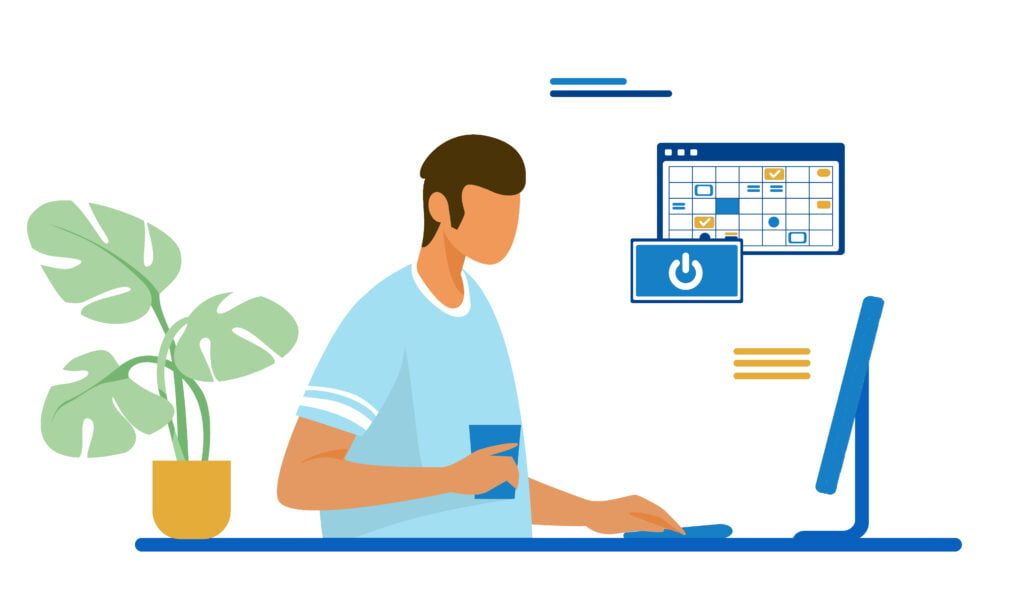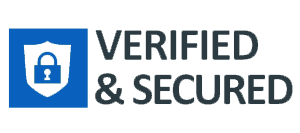Get RailCar Leasing and Financing through EquipmentLend.
Get RailCar Leasing and Financing through EquipmentLend.
Get flexible leasing with options that accommodate your specific needs. Each of our financing products offers valuable funding features that can help you accomplish your business goals.
- RailCar Leasing and Financing
Up to $5,000,000
- Decision as fast as 72 hours and financing in as few as 5 days
- Term lengths from 36
months up to 10 years
Get access to the leasing or financing of RailCar when you need it.
- Railcar Leasing: This involves a company paying a periodic fee to a leasing company to use their railcars for a specific period of time. The lessor (the company that owns the railcars) maintains ownership throughout the lease period. At the end of the lease term, the lessee (the company leasing the railcars) typically has the option to return the railcars, renew the lease, or in some lease structures, purchase the railcars. Railcar leases can be either operating leases (shorter term, often flexible with the ability to return cars early) or capital leases (longer term, often with a buyout option at the end).
- Railcar Financing (Railcar Loans): This involves a company borrowing money to purchase railcars outright. The lending institution typically requires the railcars to serve as collateral for the loan. The company repays the loan over a specified period of time, with interest. At the end of the repayment period, the company owns the railcars.
Qualifications for a RailCar Leasing and Financing – 48 to 72 Hour Approval
*Based on past EquipmentLend Customers
RailCar Leasing and Financing Frequently Asked Questions
Empower your future now!
Don’t lose any more precious time! Start growing your business today.






